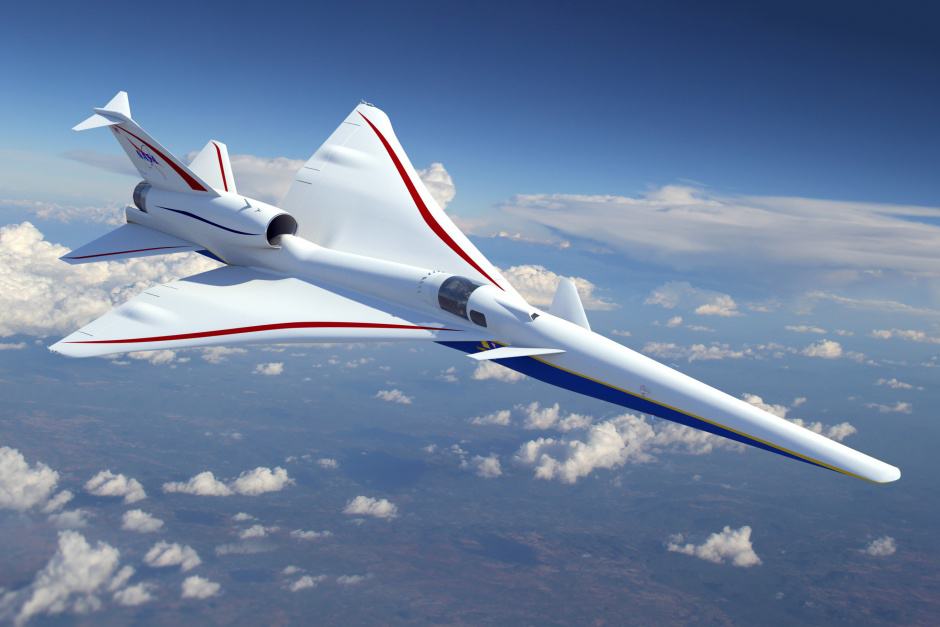NASA enlists Lockheed Martin in the quest for the supersonic thump
New X-plane will be built to investigate quiet transition to supersonic flight

NASA has awarded a contract to Lockheed Martin to build a full-scale experimental aircraft (X-plane) to be known as a low-boom flight demonstrator. The contract is the culmination of a decade of collaboration, and takes forward a contract awarded in 2016 for preliminary design of the aircraft.
The agreement is part of a project called QueSST (quiet supersonic technology), which aims to dull the volume of a sonic boom to about the level of the car door closing. At 75 perceived level decibels, the target noise is more of a dull thump than a boom. The aim is to establish an acceptable commercial supersonic noise standard that would allow the current regulations which ban supersonic travel over land to be overturned. It was these regulations which severely hampered Concorde's use in the 1970s and 1980s; with no possibility to fly at supersonic speeds over the US, the aircraft could not serve routes to the West Coast.
Register now to continue reading
Thanks for visiting The Engineer. You’ve now reached your monthly limit of news stories. Register for free to unlock unlimited access to all of our news coverage, as well as premium content including opinion, in-depth features and special reports.
Benefits of registering
-
In-depth insights and coverage of key emerging trends
-
Unrestricted access to special reports throughout the year
-
Daily technology news delivered straight to your inbox










National Gas receives funding to develop Gravitricity underground hydrogen storage system
One single rock salt mine - Winsford - has 23 <i>MILLION </i>cubic metres of void and even allowing for 10% of that void set aside for hazardous waste...